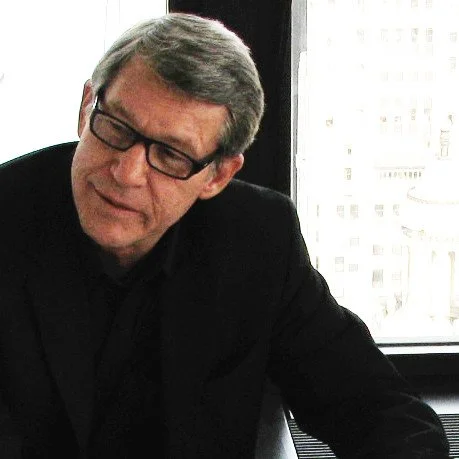Passing of David A. Hansen, FAIA, NCARB, LEED AP
It is with deep regret and sadness that we announce the passing of David A. Hansen, FAIA, Director of Design for Dar in Dubai. David was an award-winning architect who, over his 42-year-career, led the planning and design of over 35 million square feet of environments that make people smarter, happier, and healthier. These include research, education, and healthcare facilities; workplaces and office complexes; and retail centers.
David's work in the Middle East included major commissions in Abu Dhabi, Bahrain, Dubai, Egypt, Jordan, Kuwait, Lebanon, Libya, Oman, Qatar, and Saudi Arabia. Most recently, he helped Dar secure projects with Dubai Airports, the University of Dubai, and Aramco in Khobar. He also helped win commissions for retail, high-rise office, mixed use, hotel, residential, and resort projects in the Gulf, Europe, and Africa. His master planning experience, in particular, was extensive, and included projects such as Al Shaab Master Plan in Kuwait City, Kuwait; Baku Park in Baku, Azerbaijan; and Fujairah Urban District in Luanda, Angola, among many others.
David joined Perkins&Will in 1986. He was elevated to AIA Fellow in 2008 and relocated to Dubai that same year. He became Director of Design for Dar in 2015.
We wish to offer David’s friends and family our heartfelt condolences. While we mourn his loss, we will remember him fondly, admiring his great influence on our profession and our region’s architecture.
Sherif Anis, FAIA, NCARB, RIBA
AIA Middle East Chapter Representative, AIA International
sherif.anis@aiainternational.org
Vale John Andrews AO, Hon. FAIA
from the Australian Institute of Architects
The Australian Institute of Architects is saddened at the passing of internationally renowned Gold Medal award-winning architect John Andrews, AO at age 88.
Known for his work in Canada, the USA and Australia, Mr Andrews designed Harvard University’s Gund Hall (1968), the Miami Seaport Passenger Terminal (1967), the Canadian National Tower (1970) and the Australia’s The Cameron Offices and Toad Hall in Canberra. Celebrations will be held this year to mark the 50th anniversary of Harvard’s Gund Hall.
Australian Institute of Architects National President Tony Giannone said Mr Andrews was “a giant of the Australian architecture fraternity and one of our first internationally recognised architects”.
“I remember studying the octagonal forms of the Adelaide Hyatt in my final years of university. I remember the student tour of the Cameron Offices and all of us wanting an architecture school that reflected the studios of Harvard,” he said.
Mr Andrews was born in 1933 in Sydney. He was educated at North Sydney Boys’ High School, before studying a Bachelor of Architecture at Sydney University and Harvard University, where one of his professors was Spanish architect and urban designer Jose Luis Sert.
Throughout the 1960s he established his practice, John Andrews Architects, in Toronto and also taught at the University of Toronto. During this time, he designed university residences for the University of Guelph (1965), and Brock University, Ontario (1967), the University of Toronto; the Weldon Library for the University of Western Ontario and the Smith College Art Complex, Massachusetts (1968), and Kent State University’s School of Art (1970).
Returning to Australia, he established John Andrews International in Palm Beach, Sydney, and worked on The Cameron Offices (1976), which was deemed one of the most inventive buildings of its time. His other Australian buildings included Sydney’s King George Tower (1970), Garden Island Parking Structure (1980), Eugowra Farmhouse (1980), Little Bay Housing (1981), Perth’s Merlin Hotel (1983), the Sydney Convention Centre (1989), the World Trade Centre and Hotel in Melbourne (1989), and the Veterinary Science complex for Sydney University (1995).
Mr Giannone said it was time to recognise the work and legacy of Mr Andrews’ outstanding contribution to architecture. “We often fail to listen to the elders and statesman of our profession,” he said. We are too busy trying to disrupt everything and anybody. Perhaps the greatest lost opportunity of the year was to not reconnect with John Andrews.
“I extend a big thank you on behalf of the Institute to Tim Ross and Shelley Kemp for recording conversations with Mr Andrews in recent years and reflecting on his enduring nature.”
Mr Andrews received Canada’s Centennial Medal in 1967, the US Academy of Arts and Letters Arnold Brunner Award in 1971, the American Institute of Architects Honour Award and Bartlett Award in 1973. In 1980 he received an Honorary Doctorate from the University of Sydney and the RAIA Gold Medal in 1980. He was made an Officer of the Order of Australia for his services to architecture in 1981.





